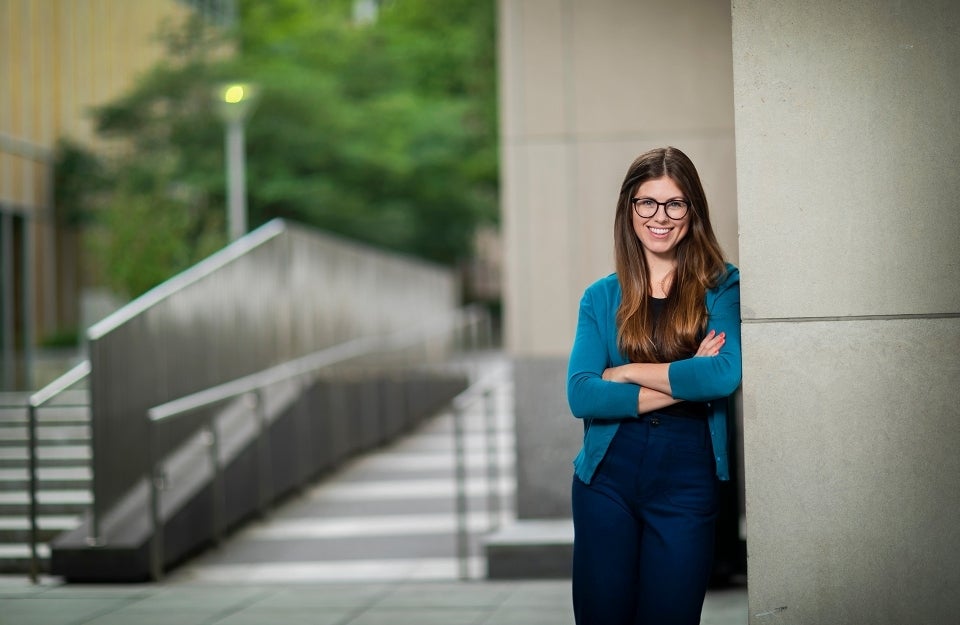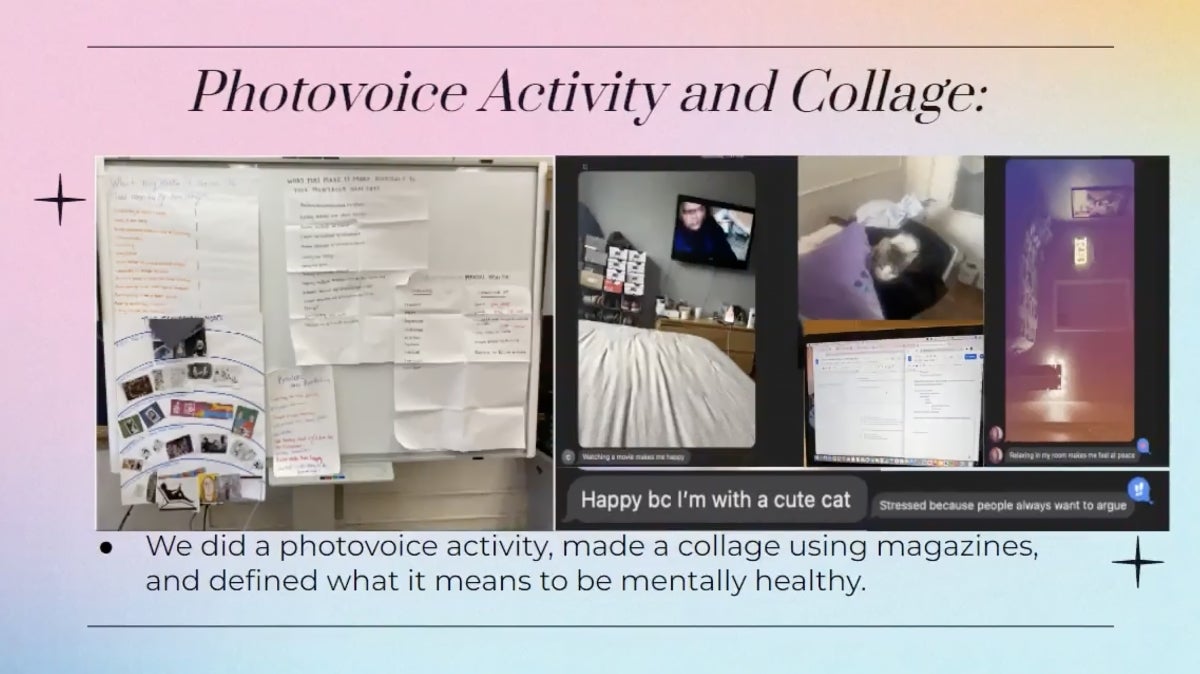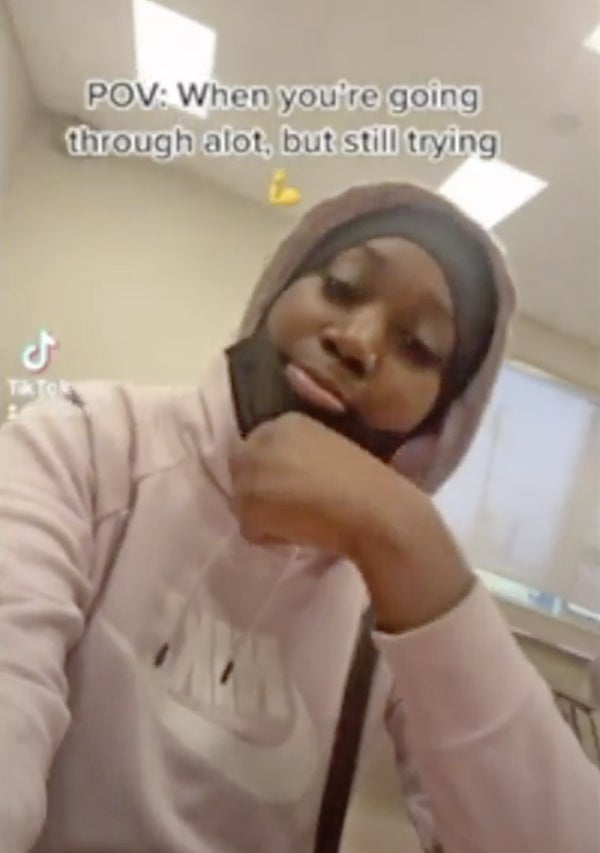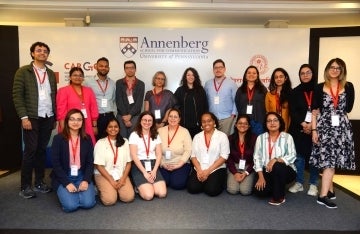Who, What, Why: Annenberg Doctoral Student Ava Irysa Kikut
Kikut worked with high school students and Penn undergrads to develop media messages that speak to the health needs and inequalities pertinent to adolescent Philadelphians.

Ava Kikut, a 2020-22 Provost’s Graduate Academic Engagement Fellow, focuses on health communication. (Photo Credit: Eric Sucar / University of Pennsylvania)
Who
Ava Irysa Kikut is biking home, back to the apartment she shares with her fiancé and a young shaggy-haired, black and brown dog. It’s quiet, her vision tunneled and focused by speed and the wind whipping past her, and in the quiet she’s thinking about the class she just taught on public health and messaging. “We’re bouncing off ideas. Things are clicking. Ideas are coming out that I would never have thought of. I’m being challenged.” This is Kikut’s vision of joy—along with her motivation.
Kikut, originally from Burlington, Vermont, is pursuing her doctorate from the Annenberg School for Communication. Despite being an introvert, she processes ideas through interactions with other people, with brainstorming and discussion. “It’s really important to me to understand how other people are feeling and processing the world,” she says. “My mom would say that I’ve been communicating since I came out of the womb.”
What
Kikut is interested in how youth-driven health campaigns can positively affect outcomes and lessen inequities. She’s wrapping up her Provost's Graduate Academic Engagement Fellowship at the Netter Center, where she designed and taught an Academically Based Community Service course called Youth Driven Health Campaigns. Through this course, Penn students collaborated with high school students hired through the Netter Center’s University Assisted Community School sports internship programs at Sayre and West Philadelphia high schools.
The goal: to develop media messages that speak to the health needs and inequalities pertinent to adolescent Philadelphians. She used a process called Youth Participatory Action Research, which facilitates partnerships between youth and adult researchers in creating solutions for issues in their own communities. Students tapped into social media trends to communicate messages around topics like mental health and vaccination.
What happens when young people take an active role in improving community heath? And what might adults learn? In teaching, Kikut found that connection was paramount. It’s important to create space for students to interact with one another, to talk with them and ask them what they think plus “create space for students to generate something that has impact,” she says.

Why
“We’re living through a time where a lot is being asked of young people,” says Kikut. COVID-19 severely impacted the mental health of adolescents, a study in JAMA Pediatrics shows. It’s hard to go through the transition between childhood and adulthood in isolation. On top of that, adolescents are consuming media that overlaps with serious issues and experiences like violence, disease, death, Kikut says.
In such a world, it can be hard to feel that anything matters. “To engage students in a classroom setting, the connection between the work that we’re doing and real-world impact is really essential,” Kikut says. She’s tried different methods, but it came down to this: When students “felt that what they were doing mattered and what they were learning could be applied to make the world better, that was when I saw the highest engagement.”




